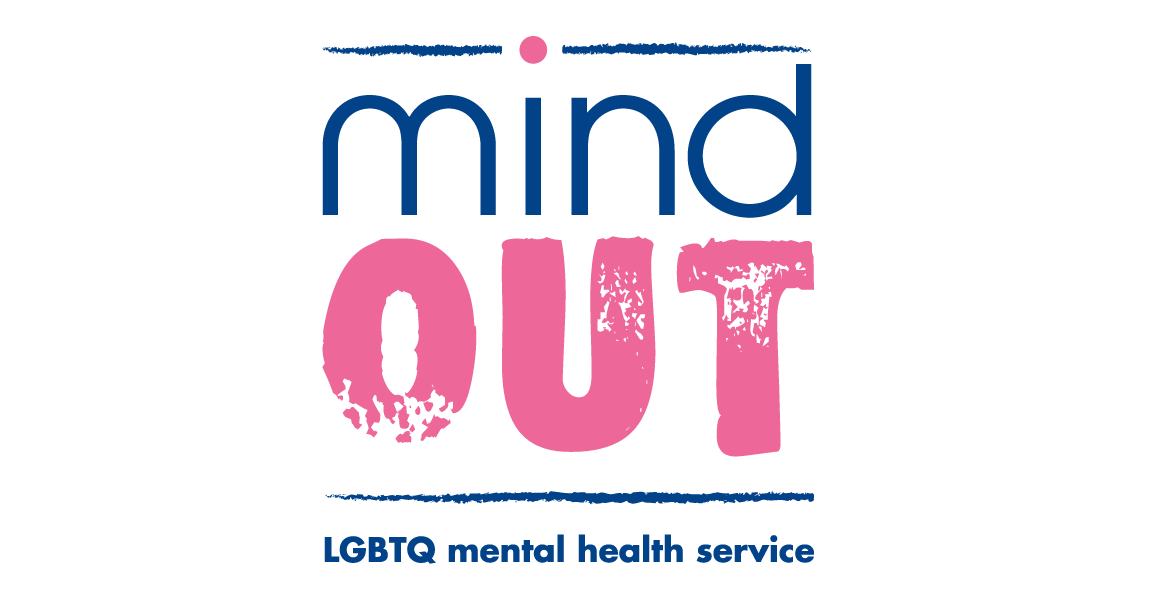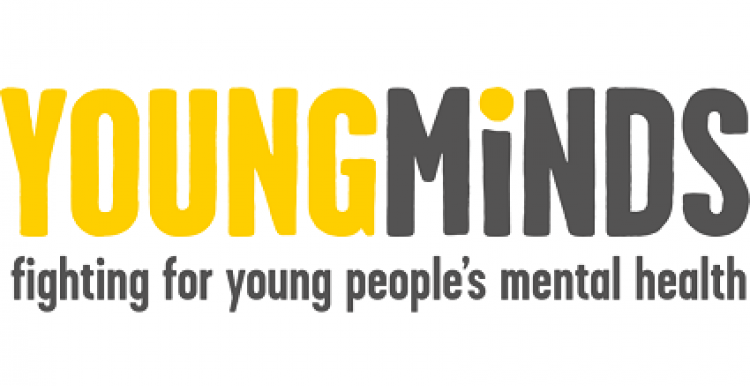Anterior Knee Pain
What you should know
Anterior knee pain is an umbrella term including a wide range of related but different conditions resulting in pain around or behind the knee cap (patella). A total of 25% of people will be affected at some time. It is the most common overuse injury affecting sports people (you do not have to be sporty to be affected).
The kneecap and thigh bone work closely together when the knee is bent and straightened. When the knee bends and straightens the kneecap follows an ‘S’ shaped path with the kneecap gliding up and down on the femoral condyle.
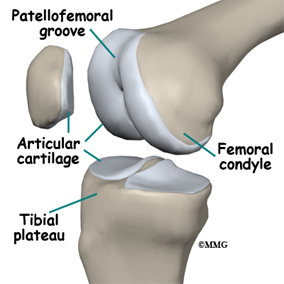
Symptoms
- Pain beneath and/or around the kneecap, especially when climbing up and down the stairs, kneeling and squatting
- Clicking, catching and grafting in the knee
- Giving way of the knee
- ‘Cinema-goers’ knee – pain after staying in a sitting position for a period of time
- Swelling
- Tight feeling in the calves and thighs
All of the above symptoms may interfere with sports and cycling, and climbing the stairs may become a problem. Symptoms may also be brought on by repeated activity of a repetitive nature, including; running, cycling, climbing and step aerobics.
What to do
Do not be fearful of your pain, it doesn’t mean it is causing harm. Although pain isn’t causing harm, it may weaken your muscles over time. Therefore accept some discomfort, for example, an increase in your baseline pain to 2-3/10 that settles quickly (0=your baseline/no pain,10=severe pain).
However, adapt, or limit the activity or exercise if it is making your baseline symptoms worse than 4/10, or if the symptoms last for a long time after you stop the activity or exercise. Do not worry about “noises” coming from your knee, this is not associated with damage. Initially it may be necessary to rest from aggravating activities, but not to stop all activities.
Take care with the following activities:
- Repetitive activities until the pain has eased
- Walking up and down hills
- Wearing high heels which can worsen the problem by pushing your kneecaps back onto your thigh bones
- Kneeling and squatting
- Standing for long periods of time with the knees locked back
A gentle and gradual return is best where you build up slowly over time. Start with non-weight bearing exercise (sitting or lying) if standing knee bend exercises are making your symptoms worse. These can be progressed to standing exercises as you start to feel better.
If the knee swells, rest it and use ice to settle.
Pain medication
It may surprise you, but simple over the counter painkillers such as paracetamol and ibuprofen are the most effective pain medication. If you feel you need them – use them, following advice of a pharmacist. You should only take the recommended daily dose but do not wait until your pain is out of control to take them.
Consult with your GP or Pharmacist if you have any concerns and do not take ibuprofen or aspirin if you are pregnant or have asthma, an ulcer or indigestion.
Hot/cold
An ice pack can be used to help reduce knee pain, but only use for 10-15 minutes on protected skin.
When using an ice pack you should make sure there is something between your skin and the source of heat/cold such as a paper towel or tea-towel.
Sleep
Sleep is really important when it comes to managing pain. Studies suggest that getting a good night’s sleep can reduce pain levels by as much as 25%.
Tips to improve your sleep include:
- Sleeping in a dark, quiet and cool room
- Try taking pain relief an hour before you go to bed
- Do not consume caffeine within six hours of sleeping
- Try to avoid eating within two hours of sleeping
- Try not to be in front of bright screens such as TVs, laptops or phones for one hour before bed
- Keep your bedroom as a place to sleep – do not use it for work or as an office
- If you do wake in the night and cannot get back to sleep – get up, go to another room and do something until you are tired enough to sleep
Diet and nutrition
There are no special diets that have been shown to either help or prevent anterior knee pain. However, if you’re overweight you should consider changing your diet and doing some regular exercise to help you lose weight, as this is very likely to decrease your pain.
What’s recommend for us all is a well-balanced and healthy diet, which is low in saturated fats, sugar and salt. It’s also a very good idea to eat plenty of fresh fruit and vegetables, and to drink plenty of water.
If you need to lose weight, the key is to regularly burn off more energy than you consume on a daily basis.
Relaxation
Stress can make pain worse. One way of reducing the effects of stress is to learn how to relax.
There are many relaxation, meditation or mindfulness tapes, CDs and MP3 downloads available – your doctor or physiotherapist may be able to offer you some, or they’re available online or from high-street shops. A good example is Headspace which is available online or as an application for your smart phone or tablet.
Exercises
If an exercise is painful to undertake, or causes a moderate to high level of pain during or afterwards, then reduce the difficulty level or stop that specific exercise.
- Static quad: lie on your back with your legs straight. Bend your ankles and push your knees down firmly aganist the bed. Hold for 10-15 seconds and relax. Repeat 10 times.
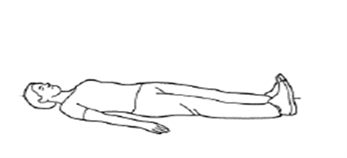
- Straight leg raise: lie on your back with one leg straight and the other bent. Exercise your straight leg by pulling the toes up, straightening the knee and lifting the leg 20cm off the bed. Hold for approx. 5 seconds and slowly relax. Repeat 10 times.
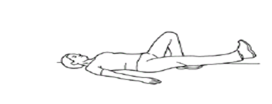
- Hamstring stretch: sit on a chair with one leg straight in front of you. Place your hands on your thigh just above the knee cap. Lean forwards keeping your back straight. Straighten your knee assisting the stretch with your hands. Hold 30 seconds. Repeat 3 times.
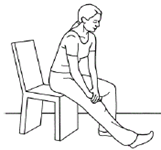
- Quads stretch: lie face down with a towel around your ankle, alternatively hook your good leg under your operated side. Tighten your stomach muscles to keep your lower back straight. Bend your knee and pull the band with both hands until you feel tightness on the front of your thigh. Hold for approx. 30 seconds and relax. Repeat 3 times.
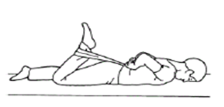
- Hip abducation: lie on your side and keep the leg on the bed bent and the upper leg straight. Lift the upper leg straight up and back with ankle flexed and the heel leading the movement. Hold for 15-30 seconds. Repeat 3-6 times.
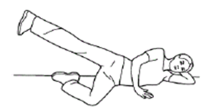
- Clam: lie on your side with your knees bent with a band around your knees. Tighten your buttocks. Lift your top knee as far as you can, without letting your pelvis rotate forward or backwards. Keep your feet together and back straight during the exercise. Hold for 15-30 seconds then return to start position. Repeat 3-6 times.
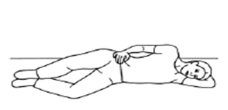
When to see your GP or Physiotherapist
- If your pain is no better after at least a month or you develop other symptoms
- If you have an acutely locked knee
- If the knee is giving way and you are falling
- If the knee is hot, red and swollen
- If you are being feverish and short of breath or if you have had a sudden unexplained loss of weight
Further resources
I am in Crisis
If you feel you need immediate help, contact one of the below charities.
Recommended Apps
Below are a selection of the apps we recommend

